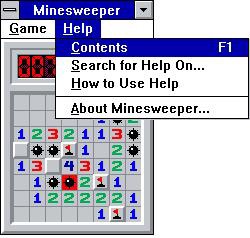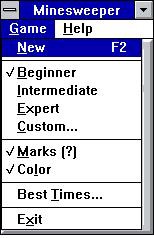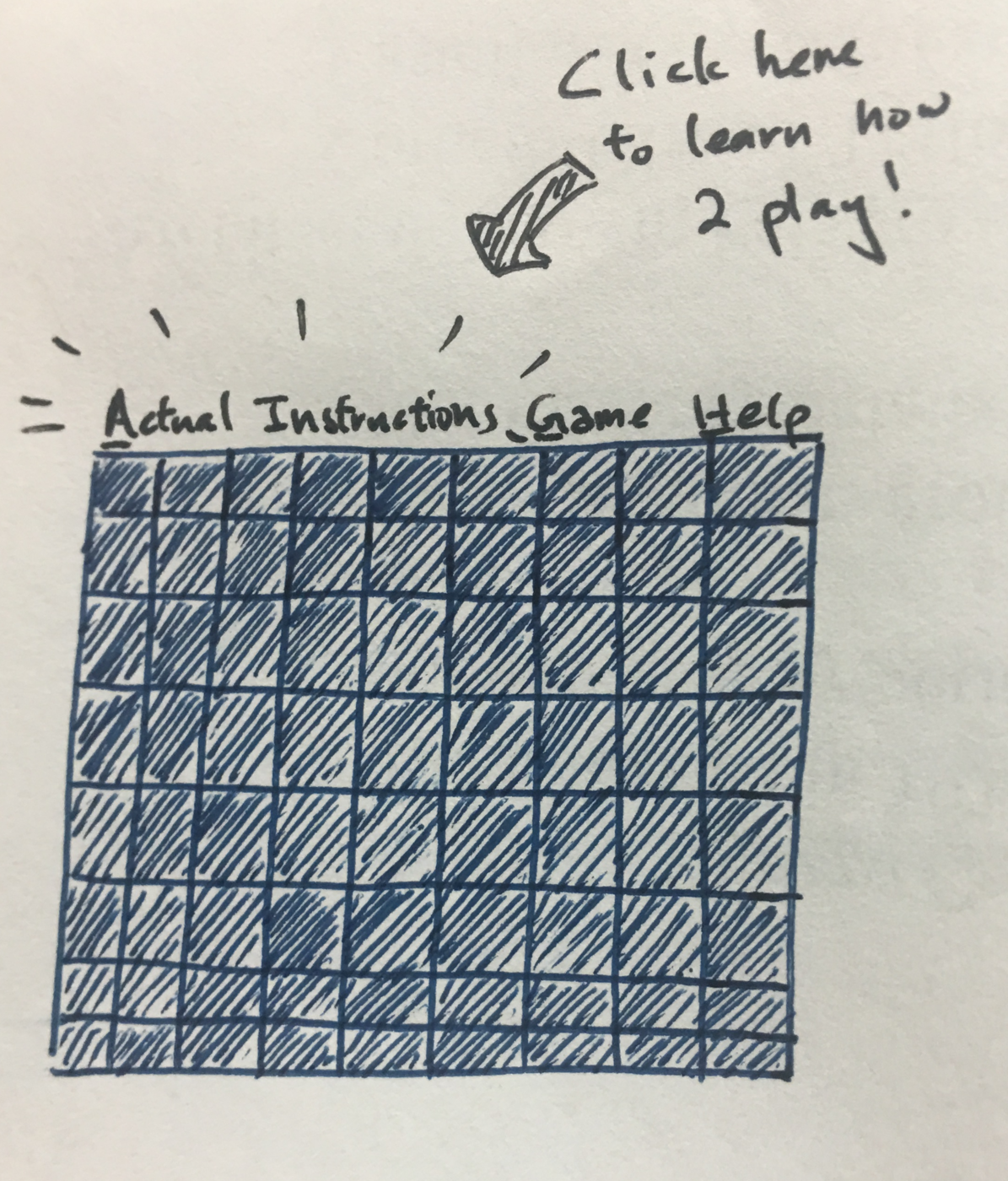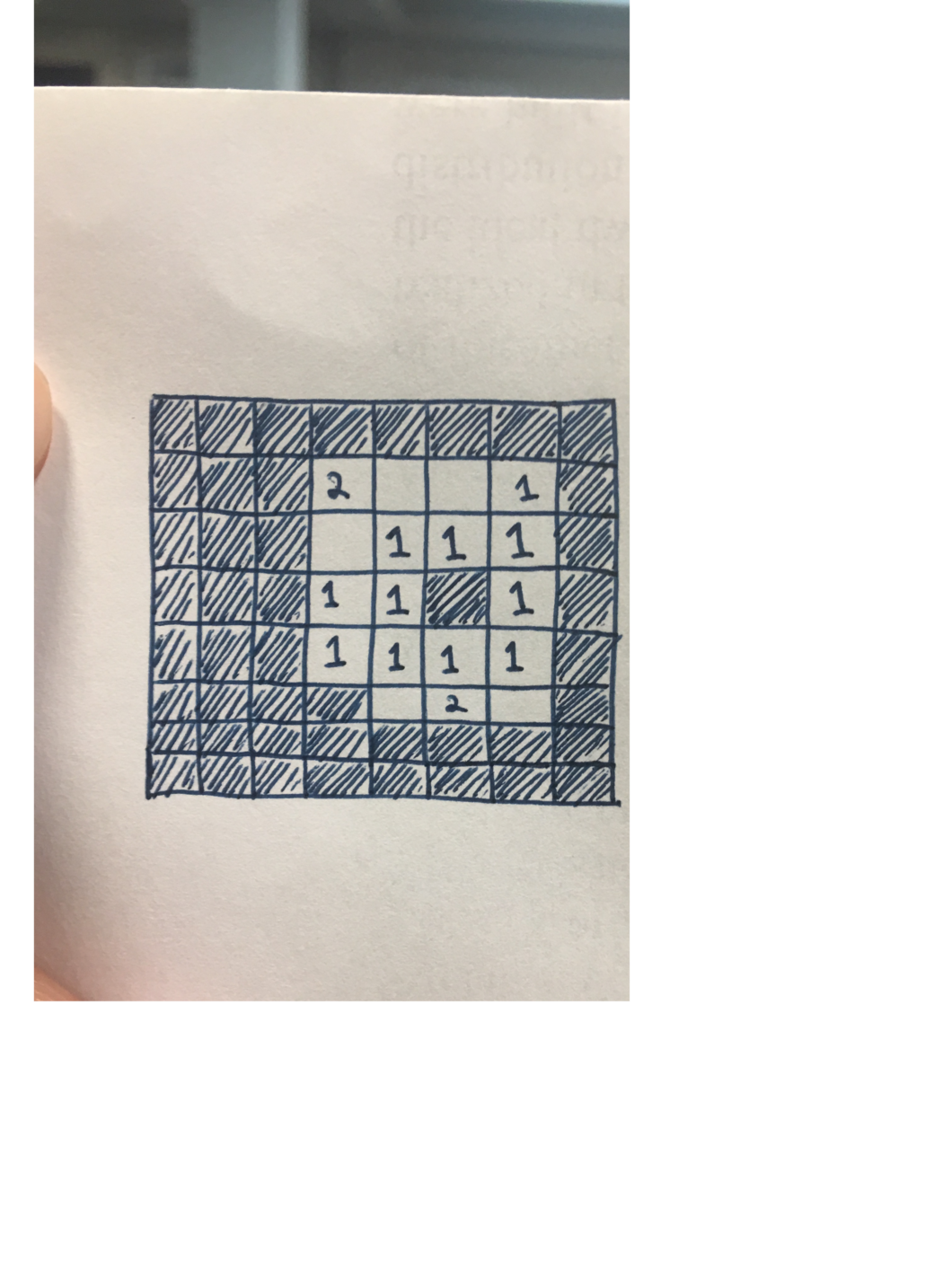
Unlike many games and features built by corporations today, Minesweeper was built during a time where developers and computer scientists were largely hobbyists at heart. The first iterations of Minesweeper as we know it was built by Robert Donner who was hired by Microsoft in 1989. Originally a programming exercise by Donner, it?s now one of the most iconic computer games next to the likes of Pong and Tetris.
Donner noted that, while he worked for the company, Minesweeper was written by himself, in his own time, and freely distributed within the company. It was a hobby that followed years of development, changing through some of the earliest forms of AB testing (watching his friends play the game) and never followed strict timelines or budgets. It was, however, a rare case of when an intended audience eventually emerged, and the game developed a new function while the functionality itself remained. Minesweeper was selected for release on Windows 3.1 in 1992 as a tool to get users used to right-clicking by placing down flags.
 No instructions in sight!
No instructions in sight!
From the perspective of a hobby project, the interface of the classic Minesweeper made sense. The familiarity of the game internally may have been overlooked when it was distributed. No instructions appear when you first click into the game. The interface itself is simple; a yellow smiley stares back at you above an 8×8 grid of squares. Here, bevelled squares give the impression that the pieces are raised and button-like. At the top of the window were two options: Game and Help. The underlined(here bolded)letters indicated the keyboard shortcuts associated with the tabs. The designers of Minesweeper clearly thought that the users would be accessing these tabs fairly often.
 The game menu, no instructions here!
The game menu, no instructions here!
So why is it that everyone recognises the game, but so few people know how to play it? The reason likely lies behind how the rules of the game were presented. Or rather, how they were never presented in the first place. When first seeing the interface, the instinct of anyone would be to click any box on the grid. Instantly, the counter begins counting up, increasing urgency. On the grid itself, a grey box, sometimes with a number, is revealed, causing a chunk of boxes around it to also uncover. Despite all the new information that appears on the board, not much is useful in learning how to play the game.
One might?ve tried to right-click at one point and noticed a red flag being placed. But there were never any affordances involved beyond right-clicking on a box. One would largely learn the game through trial and error. When clicking on a square with a bomb however, the interface lets the user know with cues that this is a ?game over? event. Explosions are heard, the smiley face turns into the classic x?d out eyes, and all the locations of bombs appear on the map. You might be able to infer from the numbers how to play, but if you didn?t make it far into the game to reveal enough squares with numbers, this was a difficult task.
 Game over
Game over
In reality, the rules of the game are simple. Numbers on squares were just an indication of the number of bombs surrounding that square. Flags helped the player mark and remember the location of bombs. These simple rules were easy to memorize and apply; learning them seemed to be a challenge.
So how might we change the interface to make it easier to learn? Here?s one of my suggestions:

But on a serious note, a change that could help is a better immediate visual indicator that a mine is present like the image below. Immediately after your first click, a square surrounded by 1?s appears. Clicking on this square would reveal a bomb. The user can then make a connection between a square surrounded by 1?s to be a square with a bomb, and subsequently the numbers to be the number of bombs around a square.

Another change that could work would be to reveal the whole board once a player reaches game over, which they inevitably will on their first play.

Footnote: My record on a 9 x 9 is 8.86 seconds on a phone.

